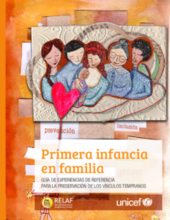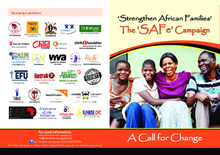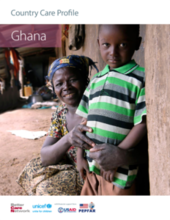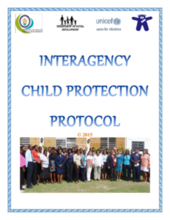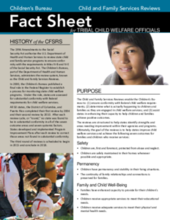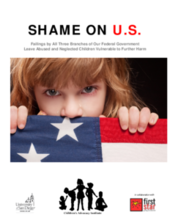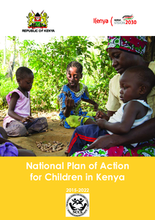Displaying 991 - 1000 of 1732
This Guide, written in Spanish, features a compilation of several social protection programs, services and public policies that resulted in the prevention of family breakdown and in the support of families and communities in caring and protecting their children. All these examples are taken from the Latin American region, Italy and Romania.
This toolkit is designed to increase knowledge of the rights and duties provided in the ACRWC and ACERWC, educate government officials on the obligations of State Parties and inform civil society actors on the contents of the Charter as well as the mechanisms for engaging with the ACERWC.
This Call for Change from the ‘SAFe’ Campaign in Uganda provides an overview of the situation of orphaned and vulnerable children in Uganda, highlights key concerns related to this situation, and outlines ways forward for strengthening families.
This country care profile provides an overview of key lessons learned in the children’s care reform process in Ghana, including successes, challenges and areas for progress, and gaps in learning and best practice.
This evaluation assesses two alternative care reform projects in Cambodia that share a common aim of strengthening child protection systems from grassroots to national levels.
The Interagency Child Protection Protocol aims to offer guidance and support on good practices for the identification, reporting, investigation, case management, and prosecution of child abuse cases in Anguilla.
This factsheet looks at whether States in the US are following best practices in regards to the Indian Child Welfare Act, such as notification of Tribes and placement preferences. Findings from the Reviews are presented.
This study, produced by the Children’s Advocacy Institute at the San Diego School of Law, examines the activities of the federal government of the United States in regards to enacting and enforcing child welfare laws and ensuring that individual states are complying with minimum federal standards for child protection.
This fact sheet describes the rights of native children and families under the Indian Child Welfare Act (ICWA) in the United States.
The National Plan of Action (NPA) provides an operational framework to guide stakeholders and partners in coordinating, planning, implementing and monitoring programmes for the child.

